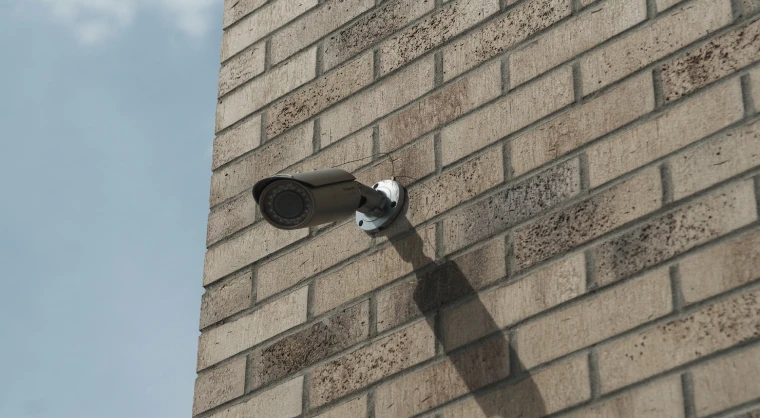- Adopting green infrastructure: Green roofs, urban forests, and green spaces reduce the urban heat island effect and increase biodiversity.
- Implementing eco-friendly buildings: Buildings with high energy efficiency and sustainable materials lower carbon emissions and operational costs.
- Utilizing smart technologies: Sensors, IoT, and data analytics enable efficient resource management, improving city resilience and sustainability.
- Engaging communities: Citizen participation in urban planning fosters sustainable practices and enhances community ownership, ensuring resilient urban environments.
- Enhancing water management: Techniques like rainwater harvesting, greywater recycling, and bioswales conserve water resources and mitigate flooding risks.
Introduction
As urbanization and climate change continue to shape our world, cities face ever-increasing challenges. From extreme weather events to overpopulation, urban environments’ resilience is being tested like never before. Yet, amid these obstacles, there lies immense potential for transformation through environmental innovation. This blog post aims to delve into the importance of city resilience, define environmental innovation within urban planning, and highlight how innovative solutions can significantly enhance city resilience.
The Importance of Urban Resilience
Challenges Faced by Modern Cities
Modern cities are the epicentres of economic activity and cultural life but also grapple with significant challenges. Climate change drives more frequent and severe weather events, such as flooding and heat waves. Simultaneously, rapid population growth and urbanization strain infrastructure, leading to issues like air pollution and inadequate housing.
Flooding: Cities like New York and Jakarta have experienced devastating floods, disrupting lives and economies. Both coastal and inland cities are vulnerable to rising sea levels and heavy rainfall, which exacerbate flooding risks.
Heatwaves: Increasing temperatures pose serious health risks, particularly for vulnerable populations. Cities such as Paris and Tokyo have seen severe heat waves, which have resulted in increased mortality rates and strained healthcare systems.
Air Pollution: Urban areas often suffer from high levels of air pollution due to traffic congestion and industrial activities. Cities like Delhi and Beijing regularly face hazardous air quality, affecting the health and well-being of their residents.

Benefits of Improving Resilience
Enhancing city resilience offers many short-term and long-term benefits for cities and their inhabitants. Financially, resilient cities can avoid costly damages and losses from disasters, while socially, improved resilience can enhance the quality of life and social cohesion. Environmentally, resilient practices can lead to greener, healthier urban spaces.
Financial Advantages: Investing in resilience can mitigate the economic impact of disasters. For instance, every dollar spent on disaster risk reduction can save up to six dollars in future recovery costs.
Social Benefits: Resilient cities can provide safer and more inclusive environments, fostering community well-being and reducing inequalities.
Environmental Gains: Improved urban resilience can reduce greenhouse gas emissions, improve air quality, and enhance biodiversity, contributing to overall environmental sustainability.
Key Strategies for Enhancing Resilience
Green Infrastructure
Definition and Examples: Green infrastructure refers to a network of natural and semi-natural systems that provide environmental, economic, and social benefits. Examples include green roofs, urban forests, and permeable pavements.
Benefits and Implementation: Green infrastructure can mitigate flooding, reduce urban heat island effects, and improve air quality. Cities like Copenhagen and Singapore are pioneers in integrating green spaces into urban planning, showcasing the feasibility and benefits of this approach.
Eco-Friendly Building and Construction Practices
Overview of Sustainable Materials and Designs: Sustainable building practices use eco-friendly materials, energy-efficient designs, and construction methods that minimize environmental impact. Materials like bamboo, recycled steel, and rammed earth are gaining popularity.
Impact on Urban Resilience: Sustainable buildings can withstand extreme weather conditions better and reduce urban areas’ overall environmental footprint. They also contribute to energy efficiency and lower operating costs.
Integrating Technology and Smart Systems
Importance of Smart Grids and IoT: Technology enhances urban resilience. Smart grids can optimize energy usage, while the Internet of Things (IoT) allows for real-time monitoring of environmental conditions.
How Technology Mitigates Challenges: Predictive analytics can help cities anticipate and respond more effectively to environmental challenges, reducing risks and enhancing resilience.
Community Engagement and Education
Role of Public Participation: Engaging communities in resilience planning ensures that strategies are inclusive and address the needs of all residents. Public participation can also foster a sense of ownership and responsibility towards urban resilience.
Strategies for Community Involvement: Educational campaigns, participatory planning workshops, and leveraging social media platforms can increase community awareness and involvement in resilience initiatives.
Environmental Innovations Driving Urban Resilience
Use of Renewable Energy Sources
Solar, Wind, and Other Technologies: Renewable energy sources like solar and wind power can significantly reduce cities’ reliance on fossil fuels, lowering greenhouse gas emissions and enhancing energy security.

Benefits and Successful Implementations: Cities such as San Francisco and Copenhagen have successfully integrated renewable energy into their urban grids, demonstrating the feasibility and benefits of this transition.
Sustainable Water Management
Overview of Water Conservation Techniques: Effective water management is critical for urban resilience. Techniques such as rainwater harvesting, greywater recycling, and efficient irrigation systems can conserve water resources.
Comprehensive Stormwater Management Plans: A robust stormwater management plan is essential to address flooding risks. Green infrastructure elements like bioswales and retention basins can manage stormwater effectively, reducing flood risks and improving water quality.
Conclusion
As we navigate the complexities of urbanization and climate change, enhancing city resilience through environmental innovation is not just desirable—it is imperative. By adopting green infrastructure, eco-friendly building practices, smart technologies, and engaging communities, cities can become more resilient to their challenges. The benefits are manifold, offering financial savings, social improvements, and environmental sustainability.
Policymakers, urban planners, and environmental activists must champion these innovative practices to build resilient cities for the future. Together, we can create urban environments that are not only sustainable but also vibrant and thriving.





